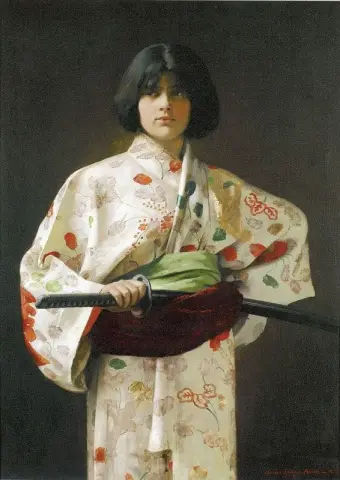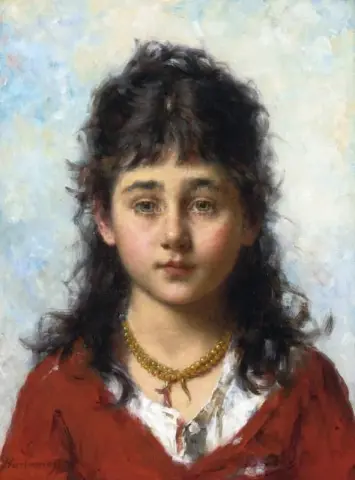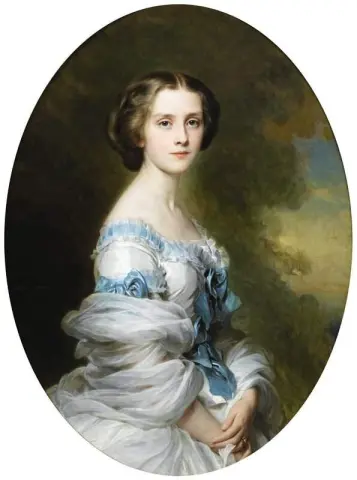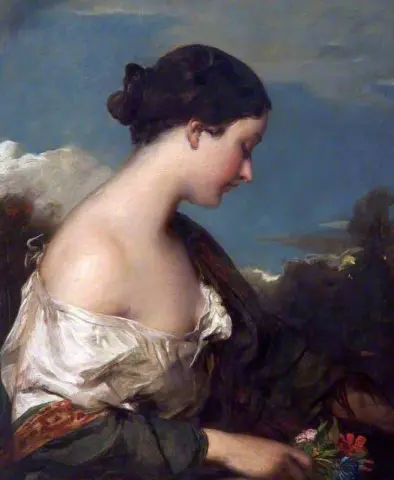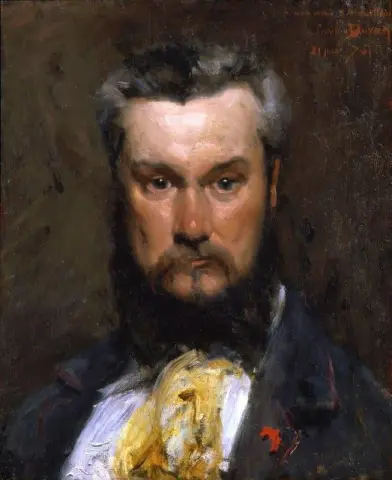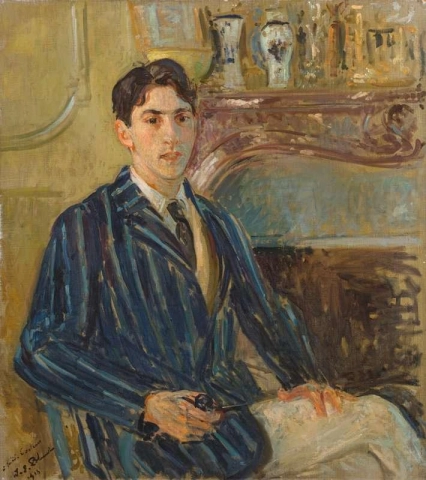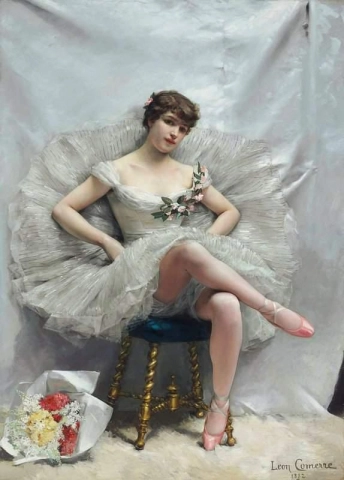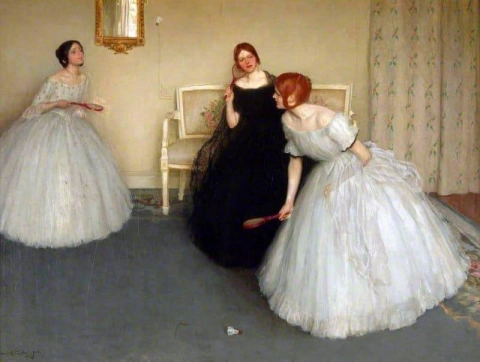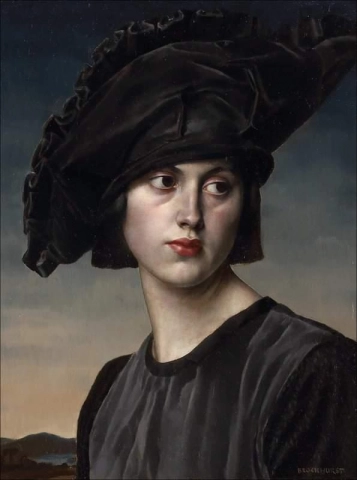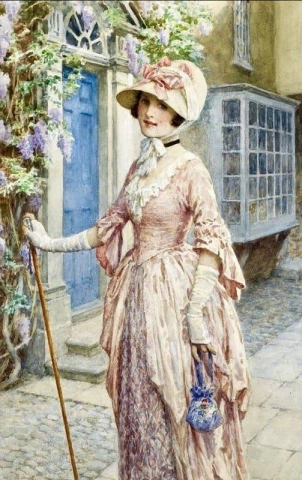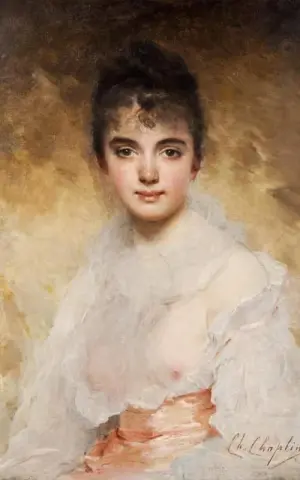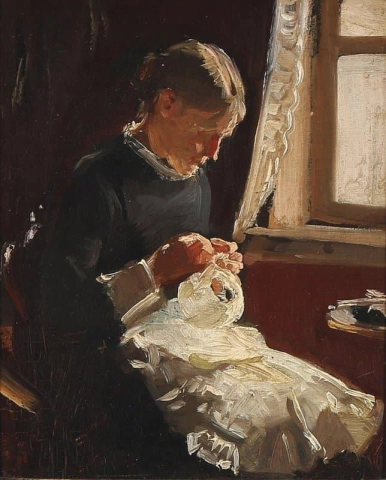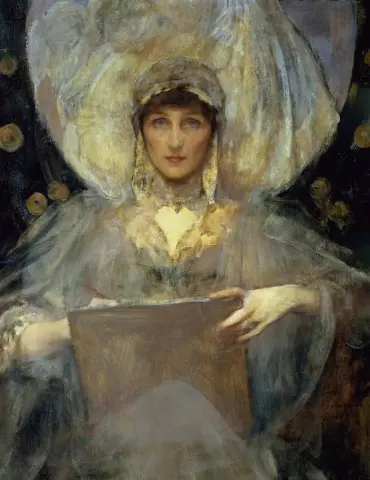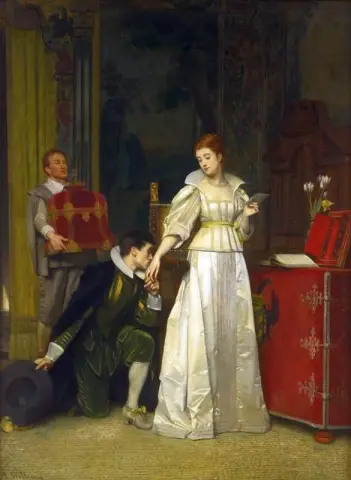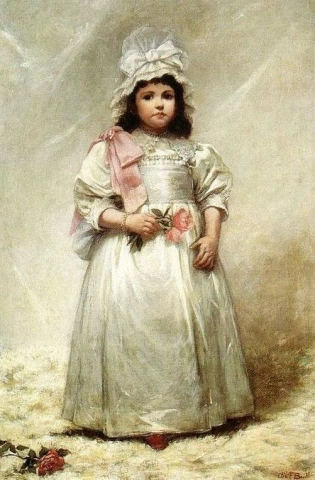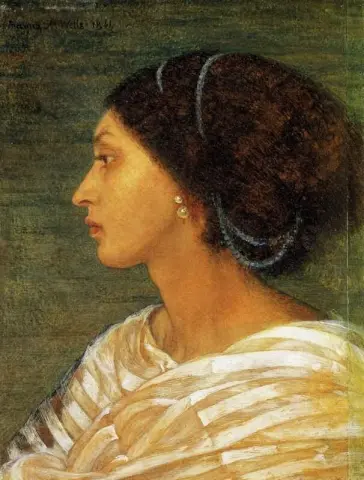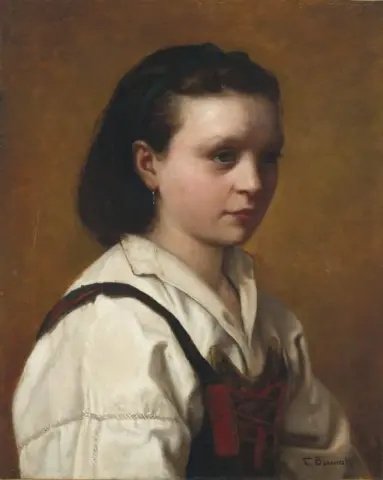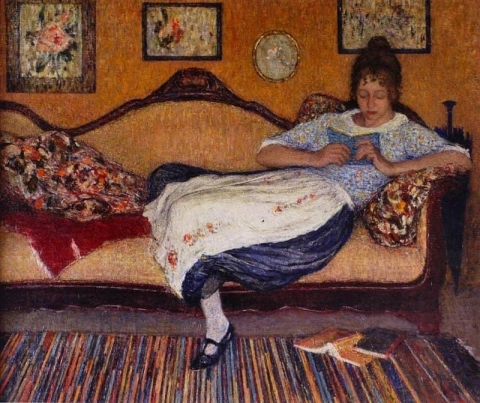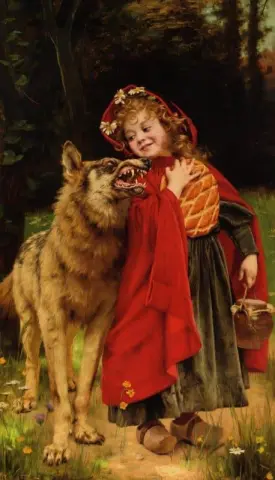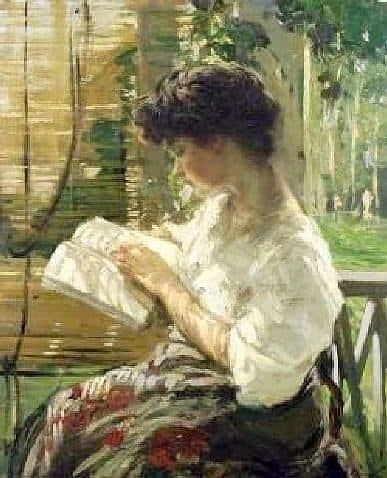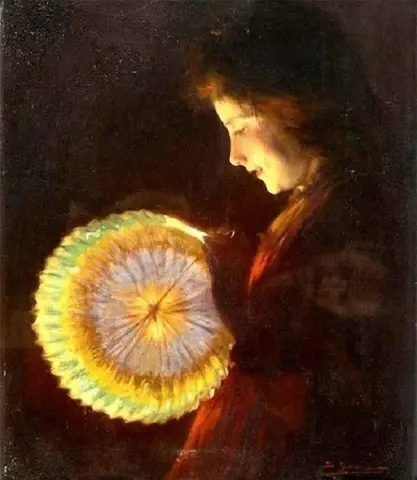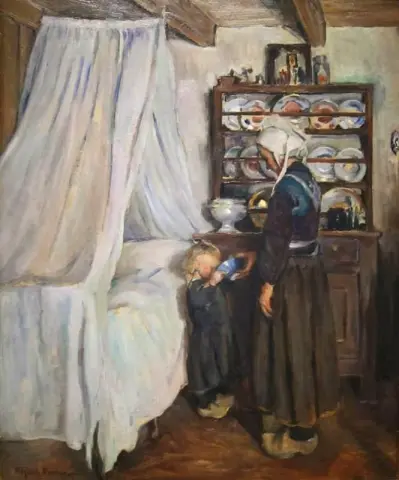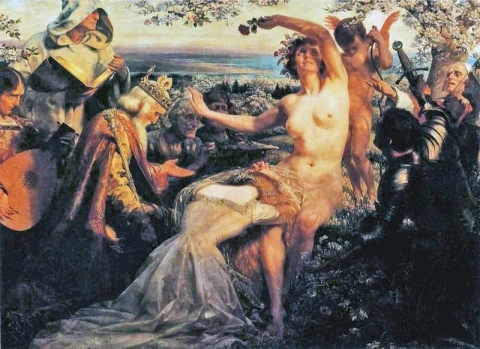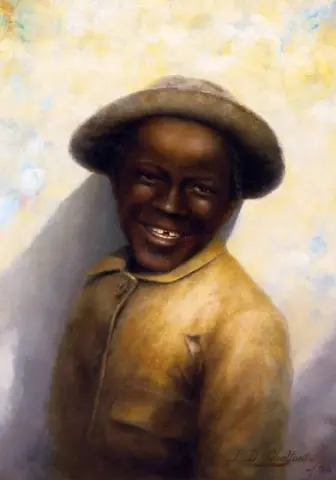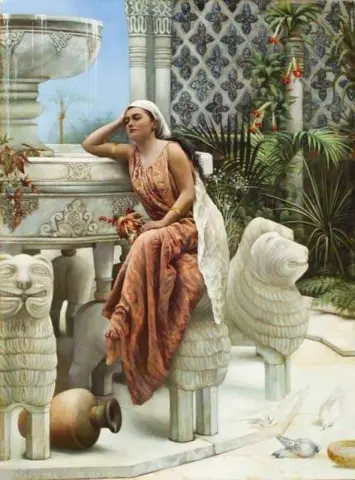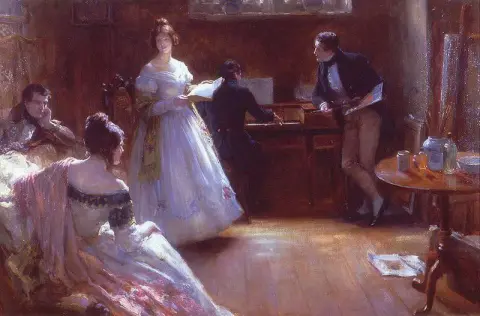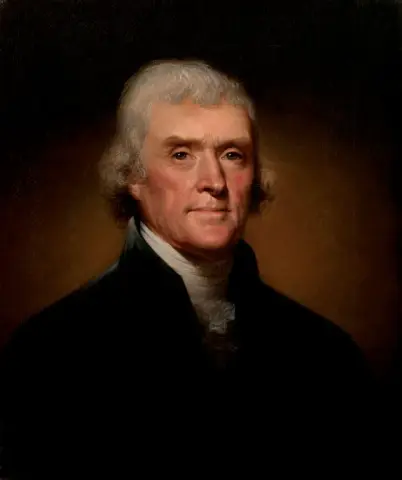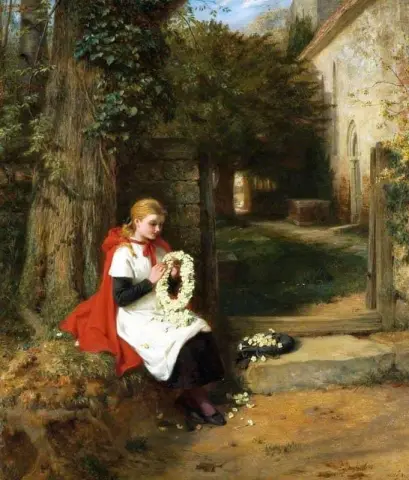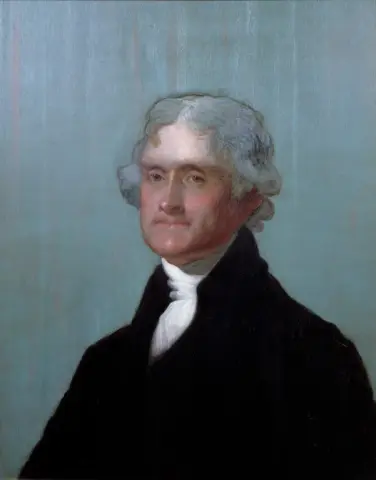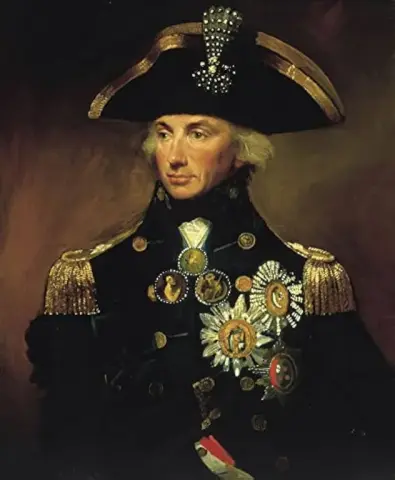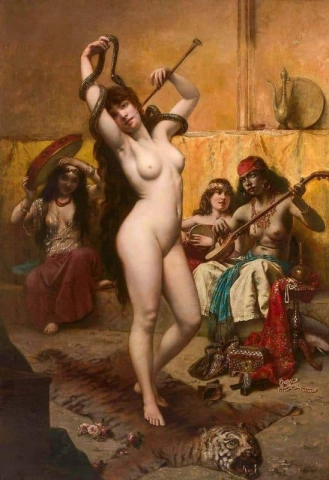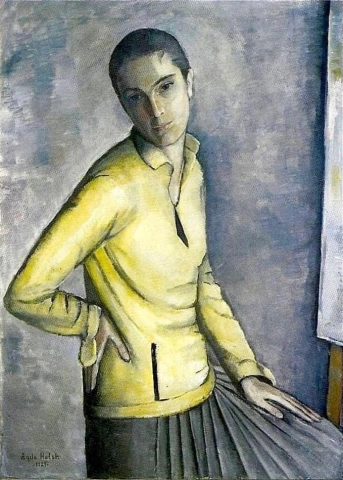Hand-painted painting reproductions - Movements - Portraiture
Imagine owning a museum-worthy piece of art, created by the greatest artists in history and reproduced by passionate and experienced painters. At POD, we offer you the opportunity to make that dream a reality. We reproduce the works of art of your favorite painters from the Portraiture art movement in the smallest details, so that you can enjoy them in your own home.
Our reproductions are made by experienced artists who use the best materials and techniques. We are committed to providing you with works of art of the highest quality, which will bring joy and inspiration to your family for generations to come.
Portraiture: A Timeless Tradition of Capturing Human Essence
Portraiture art has long been a significant and cherished genre in the history of visual arts, focusing on the depiction of individual likenesses, often with an emphasis on the subject’s personality, status, or emotional depth. From the classical portraiture of the Renaissance to the modern interpretations of contemporary artists, portraiture has remained a powerful medium for reflecting both the external features and inner essence of its subjects. The genre serves as a mirror to society, preserving the lives, identities, and stories of individuals for future generations.
Early Development and Influences
The roots of portraiture date back to ancient civilizations, where Egyptian tomb paintings and Roman busts sought to immortalize rulers and aristocrats. The practice flourished during the Renaissance, with artists such as Leonardo da Vinci, Raphael, and Titian pushing the boundaries of realism and depth to capture the likenesses of wealthy patrons and intellectual elites.
During the 16th century, portraiture became more personalized, moving beyond just royal figures and clergy to include a broader spectrum of society, such as wealthy merchants, intellectuals, and nobility. This shift was not only a reflection of the changing social dynamics but also of the evolving understanding of individualism and human nature during the Renaissance.
In the 17th and 18th centuries, portraiture became more formalized and often served as a symbol of social and political status. Artists like Rembrandt and Van Dyck introduced emotional complexity into their portraiture, focusing not only on the physical likeness but also on capturing the subject's personality and inner world. The popularity of portraits as a social tool persisted well into the 19th century, with artists such as John Singer Sargent and Élisabeth Louise Vigée Le Brun continuing to define the genre with their refined techniques.
Characteristics and Style
Portraiture, as a genre, is defined by its ability to capture the unique features of a person, whether through traditional realism or more abstract interpretations. The primary aim of portraiture is to represent the individual, but it also conveys a deeper sense of identity, status, or emotion. The way artists approach portraiture can vary widely depending on the historical period, cultural context, and personal style.
In classical portraiture, especially during the Renaissance and Baroque periods, artists focused on precise detail and realism. The goal was often to portray the sitter in an idealized, yet accurate light, emphasizing physical features, clothing, and accessories that signified their social rank. This approach was common in royal, aristocratic, and religious portraiture.
However, portraiture also evolved as a means of expressing personal identity, with an increasing emphasis on the emotional state of the subject. The use of light and shadow, facial expressions, and the body’s posture became essential tools in communicating the subject’s inner life. Artists like Rembrandt and Gustav Klimt used portraiture not only to showcase the physical form but also to delve into deeper psychological territory, revealing more about the subject’s character and emotions.
In the 19th and 20th centuries, portraiture began to shift from strict realism to more expressive interpretations. Impressionist painters such as Edgar Degas and Pierre-Auguste Renoir focused on capturing the fleeting moment, often with loose brushwork and vibrant color. Meanwhile, artists in the modern and contemporary periods began experimenting with abstraction and conceptual portraiture, allowing for more personal and interpretative depictions of their subjects.
Key Themes and Significance
Portraiture has always held great significance, both in personal and social terms. In many cases, portraits were commissioned to memorialize individuals and preserve their legacy, whether they were royalty, military leaders, scholars, or everyday people. During periods of political upheaval or societal change, portraiture became a vehicle for individuals to present themselves in an idealized or purposeful way, often to assert power or control over their public image.
The emotional and psychological depth captured in portraits is another key theme of the genre. While early portraiture often aimed to represent the sitter in an idealized light, later movements sought to reveal the subject’s inner life. Artists like Rembrandt, in his self-portraits, explored themes of aging, introspection, and mortality, giving the viewer a rare glimpse into the emotional and spiritual states of the subjects.
Throughout history, portraits have served as symbols of wealth and status. In many cultures, commissioned portraits were a way for individuals to assert their social standing. The attire, setting, and manner of representation conveyed not only the subject’s likeness but also their position within society. For example, royal and aristocratic portraits often featured opulent clothing, luxurious settings, and symbols of power, such as crowns, thrones, or weapons.
Portraiture has also been instrumental in the exploration of identity, gender, and race. Artists have long used portraiture as a tool to comment on societal roles, challenging the notions of class, ethnicity, and social norms. Portraits of women, for example, have often been used to reflect the prevailing views of femininity, beauty, and status, while modern portraiture has embraced diversity, reflecting a broader range of human experiences.
Achievements and Influence
Portraiture as an art form has been practiced and refined for centuries, leaving behind a legacy of influential works. During the Renaissance, portraits of monarchs and influential figures, such as Leonardo da Vinci’s Mona Lisa and Titian’s Venus of Urbino, set the standard for the genre. These works not only showcased technical mastery but also reflected the philosophical and cultural concerns of their time, particularly the focus on humanism and individualism.
In the 17th century, Rembrandt’s portraits were groundbreaking, offering a profound psychological depth that had not been seen before in portraiture. His works, such as The Night Watch and his numerous self-portraits, revealed a complex understanding of human emotion and character, influencing generations of artists who followed.
The 18th century saw the rise of portrait painters like Élisabeth Louise Vigée Le Brun, who gained fame for her flattering portraits of European aristocracy, including Marie Antoinette. Meanwhile, in America, artists such as Gilbert Stuart and John Singer Sargent became renowned for their ability to capture the likenesses of prominent figures with both precision and artistic flair. Sargent’s portrait of Madame X remains one of the most iconic portraits of the late 19th century.
In the 20th century, portraiture continued to evolve, with artists like Pablo Picasso and Frida Kahlo using the genre to explore self-expression and identity. The rise of photography also impacted portraiture, as artists and sitters alike began to embrace new ways of capturing likenesses, pushing the boundaries of traditional techniques and media.
Legacy and Modern Impact
Portraiture continues to be one of the most significant and enduring genres of art. While contemporary portraiture has moved away from the formalized, realistic traditions of the past, it remains an important tool for expressing identity, character, and emotion. Today, portraiture encompasses a wide range of styles and mediums, from photorealism and abstract painting to digital and mixed-media representations.
Modern portrait artists often challenge the conventions of the genre, experimenting with new techniques and concepts. Contemporary portraiture explores themes of gender, race, and identity, offering insights into the ways people view themselves and others in a rapidly changing world.
The legacy of portraiture is deeply embedded in the history of art, serving as a visual record of human existence, relationships, and societal dynamics. Many of the most iconic portraits are now housed in major museums, galleries, and private collections, where they continue to inspire viewers and collectors.
Where to Find Reproductions of Portraiture Art
For art enthusiasts looking to bring the timeless beauty of portraiture into their homes, high-quality oil painting reproductions are available through Painting On Demand (POD). These reproductions capture the essence of classical and modern portraiture, offering an authentic artistic experience that honors the tradition of capturing the human form.







